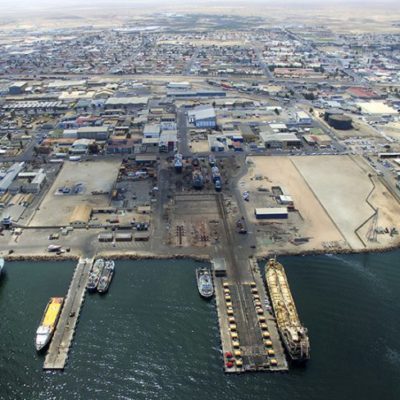Transport
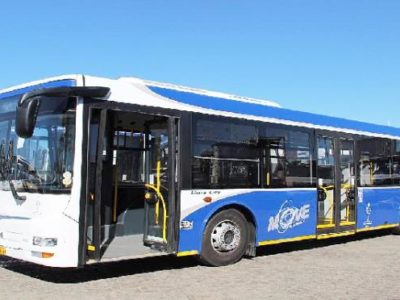
There is a limited public transport system in Namibia. Privately-owned bus services run between Windhoek and Cape Town, Johannesburg, Victoria Falls, Swakopmund, Oshakati, Rundu, Gobabis, Katima Mulilo and Walvis Bay.
Air
There are three international airports Hosea Kutako, Eros and Walvis Bay.
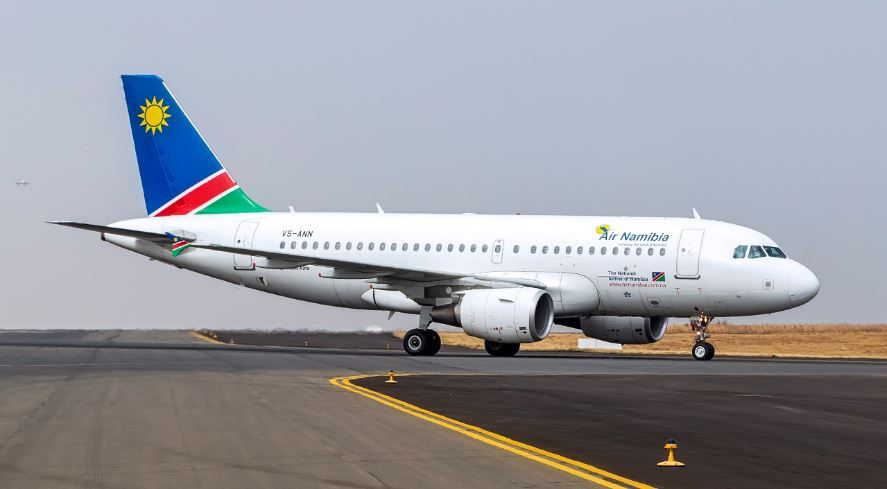
Air Map
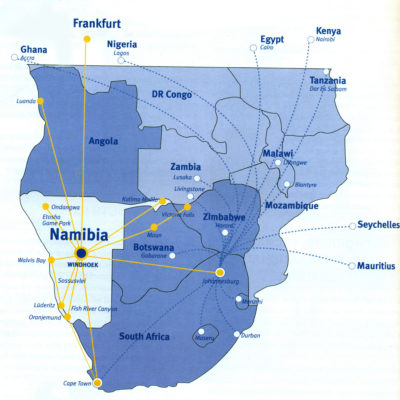
Roads
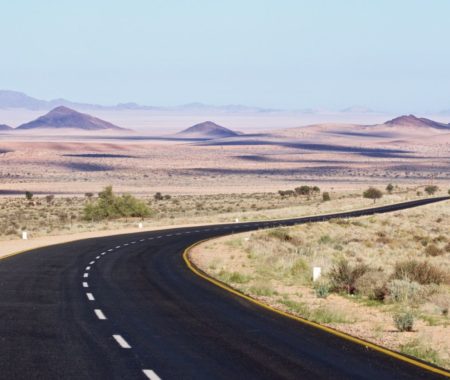
Namibia has a well-established road infrastructure. The majority of towns and communities can be reached by a network of quality gravel trunk, main and district roads totalling a distance of 48,117 km, including 4,500 km of tarred roads. The country is linked by road to Angola, Zambia, Zimbabwe, Botswana and South Africa. The Trans-Kalahari and the Trans-Caprivi Highways provide a fast and comfortable road link between Namibia’s port of Walvis Bay on the Atlantic coast, and landlocked neighbouring countries. In particular, the Trans-Kalahari Highway links the port to Botswana and the Gauteng province, the industrial heart of South Africa. The Trans-Caprivi Highway links Namibia’s landlocked neighbouring countries of Zambia and Zimbabwe to the port of Walvis Bay.
Railways
Namibia’s railway network is managed by TransNamib Holdings Ltd and comprises 2 382 km of 1.067 m narrow gauge railway lines. The main line runs from the South African border at Ariamsvlei via Keetmanshoop to Windhoek, Okahandja, Swakopmund and Walvis Bay. A northern section links up with Omaruru, Otjiwarongo, Otavi, Tsumeb, Oshikango and Grootfontein. In the east from Windhoek to Gobabis and in the South from Keetmanshoop to Lüderitz.
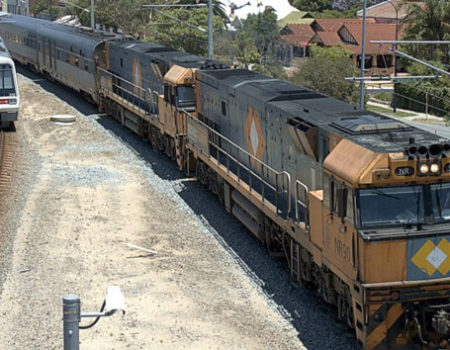
Road and Railway Map
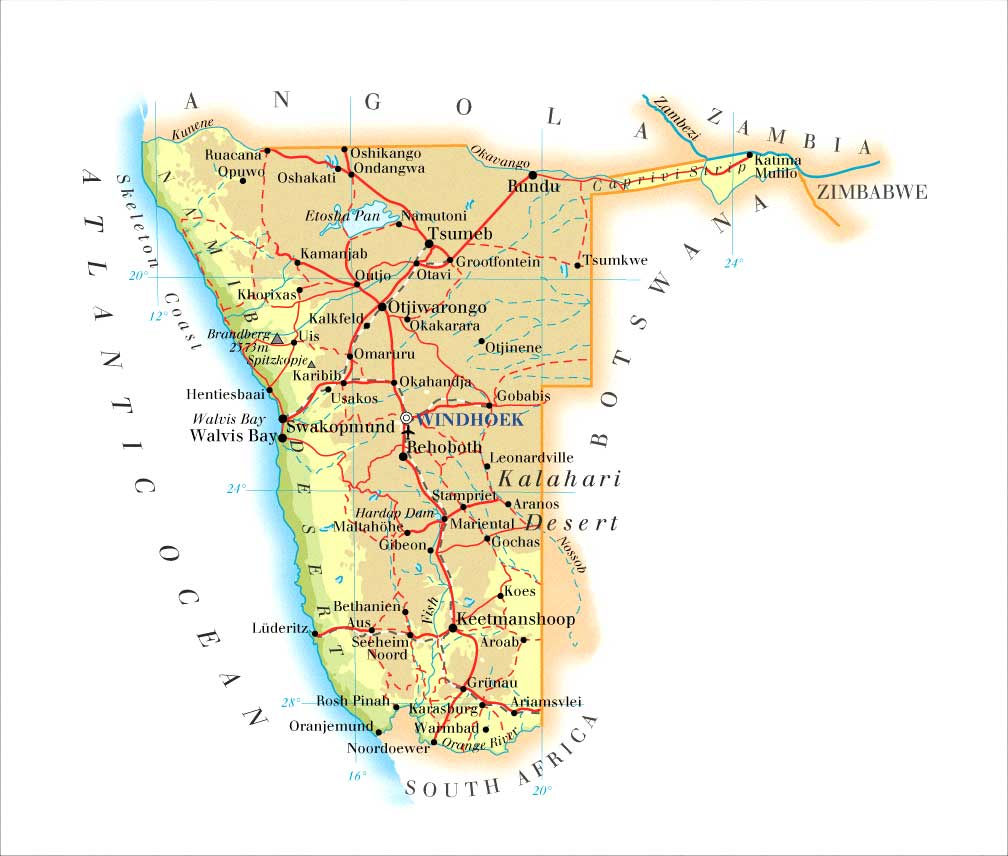
Ports
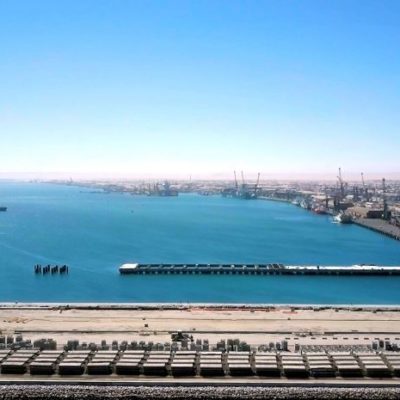
Walvis Bay Corridor
The Walvis Bay Corridor is the name for a network of transport links that provides access to and from landlocked Southern African countries to destinations west of the continent by the shortest possible route. Using the port of Walvis Bay as the trade gateway, its main arteries by road are the TransCaprivi and TransKalahari highways. The Walvis Bay to Grootfontein railway line also forms part of the corridor.
Walvis Bay is the country’s main port while Lüderitz is a smaller, secondary port. The ports are operated by the Namibian Ports Authority. The port of Walvis Bay has a depth of 12.8 metres and can accommodate container vessels with a maximum capacity of 2 400 tonnes. Walvis Bay Harbour boasts a new cargo and container quay wall which is 500 metres in length and the channel has a draft of –8.15 metres, which can accommodate vessels up to 150 metres in length.
Lüderitz, although traditionally a fishing port, has a new cargo and container quay completed in 2000. The port is strategically located to cater for southern Namibia and the northern Cape.
Walvis Bay, the only deep-sea harbour in Namibia is a safe and economical option for the country’s export and import trade by sea, especially to southern, west and central Africa and Europe.
